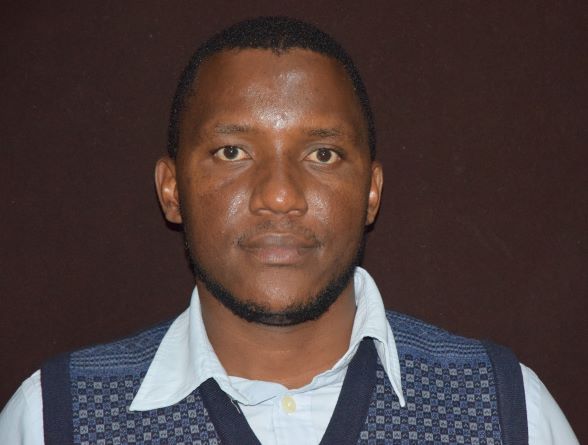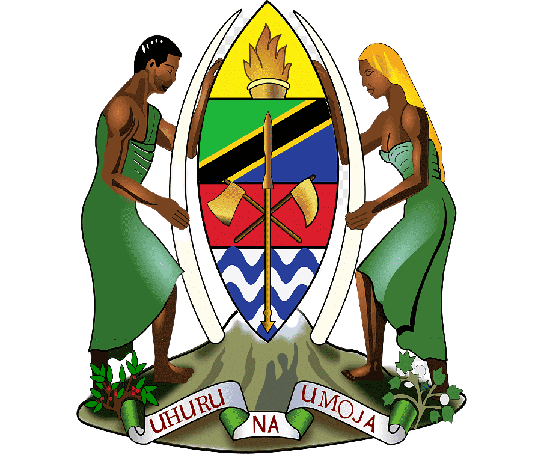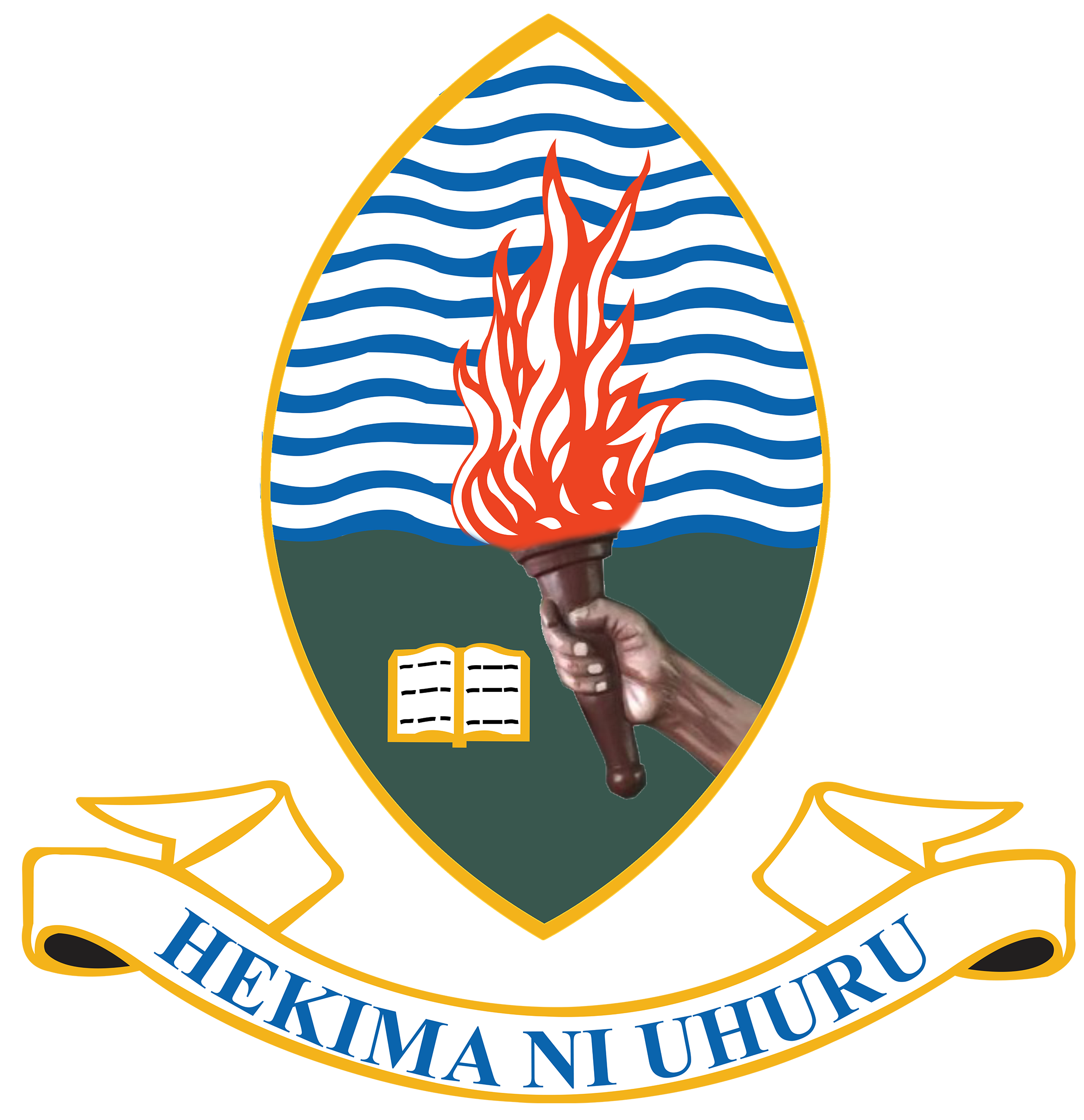Staff Profile

BIO
Moses Ismail Mchome is a lecturer and researcher at the University of Dar es Salaam (UDSM), specializing in wireless communication, the Internet of Things (IoT), artificial intelligence (AI), and Industry 4.0 technologies. With over a decade of experience spanning academia and industry, he is at the forefront of driving innovation, entrepreneurship, and digital transformation in Tanzania’s tech ecosystem.
He holds a PhD, MSc, and BSc in Telecommunications Engineering from UDSM. Dr. Mchome has built a strong foundation in the private sector, working with leading organizations such as HiTs Tanzania, Vodacom Tanzania, and Nokia Siemens Networks as a Radio Network Engineer. He also served as a Systems Processing Auditor at PwC Tanzania, gaining cross-sectoral expertise in operational and technology-driven environments.
As the Coordinator of Innovation at UDSM and co-founder of the University of Dar es Salaam ICT Incubator (UDICTI), Dr. Mchome has mentored and supported numerous student-led innovations, overseeing product development and commercialization. He is also a key contributor to transformative learning programs such as Challenge-Driven Education (CDE), working to bridge academia and real-world problem-solving.
Dr. Mchome has successfully led and delivered multiple consultancy projects valued at over 1 billion Tanzanian Shillings, playing a strategic role in digitally transforming major public institutions such as the National Social Security Fund (NSSF), Parastatal Pensions Fund (PSSSF), the Planning Commission of Tanzania, and organizations in the water and energy sectors.
He has authored or co-authored over 15 academic publications, presented at more than five international research conferences, and led over five applied research projects, particularly in Innovation, broadband access, digital verification, and sustainable energy solutions. His innovation portfolio includes pioneering work in digital identification systems, mineral exploration technologies, IoT-based sensor platforms, and climate-resilient mobility solutions.
In addition to research and innovation, Dr. Mchome has contributed to the development of national and institutional frameworks, co-authoring key guidelines on innovation policy, research commercialization, and applied research collaboration at UDSM.
RESEARCH
Television white space
Background
Before presenting the potential research opportunities in these areas, I should note that the Television White Space (TVWS) represents a strategic approach to spectrum usage, targeting the unutilized portions of the VHF and UHF bands originally dedicated to television broadcasting but it is not a stand-alone research areas. Nonetheless, it constitutes an integral part of broader wireless communication research due to its unique and beneficial properties.
TVWS is characterized by its ability to transmit signals over long distances and penetrate through challenging obstacles such as buildings and vegetation. This, combined with the increasing demand for wireless connectivity, particularly in underrepresented and difficult-to-reach areas, has led to a increase in interest to leverage the potential of TVWS.
It is important to note that while some of the research areas mentioned in the following sections are directly related to the use of TVWS, others are part of the wider wireless communication field and not exclusive to TVWS. Nevertheless, the exploration of these areas within the context of TVWS brings new perspectives and challenges, offering opportunities for innovation and advancement.
Television White Space (TVWS) refers to the unused portions of the VHF and UHF spectrum bands originally allocated for television broadcasting. These "white spaces" represent significant untapped potential for a wide range of wireless communication applications due to their unique propagation characteristics. In recent years, the rapid proliferation of wireless devices and services has put enormous strain on existing frequency bands. This, coupled with the drive for improved connectivity, especially in underserved areas, has fueled interest in exploiting TVWS. The unique opportunities provided by TVWS have sparked a surge of research activity, aiming to address the technical and regulatory challenges of using this resource while unlocking its full potential.
The following are a few emerging and ongoing research areas in TV White Space Each of these areas presents a great opportunity for further exploration and advancement especially for masters and PhD students. I have already seen firsthand the contributions that undergraduates can make in this field. A number of my undergraduate students are currently working on applying TVWS in various applications as part of their final year projects. In the Internet of Things (IoT) section of these research areas, I have elaborated on the opportunities available for students interested in exploring this field further. Undergraduates can work in designing and implementing use cases at prototype and mini-implementation levels to demonstrate part of the research results and findings.
The research areas are as follows:
Internet of Things (IoT) in TVWS
Internet of Things (IoT) devices can benefit from TVWS due to its long-range and penetrative characteristics. Researchers are exploring how TVWS can be used for IoT applications, such as smart agriculture, environmental monitoring, and smart cities. In these applications, IoT devices use TVWS to transmit data over long distances and through obstacles.
TVWS for Machine Type Communication (MTC as part of the IoT is being studied of the potential spectrum for supporting MTC given its long-range and low-power advantages of TVWS.
Spectrum Sensing and Identification Protocols
To prevent interference with primary users (i.e., television broadcasters), secondary users (i.e., devices using TVWS) need to be able to identify when the spectrum is available for use. Research in this area focuses on developing more efficient and accurate spectrum sensing and identification protocols. This could be an opportunity for masters and PhD researchers.
Dynamic Spectrum Access (DSA)
DSA is a set of techniques that allows real-time adaptation to the availability of the spectrum. This is especially relevant to TVWS, where the availability of channels can change based on time and location. Research is focused on improving the techniques and protocols for dynamic spectrum access to optimize the use of TVWS. This is equally relevant to masters and PhD, with undergraduate possibly implementing prototypes from findings and results.
Propagation Models for TVWS
Research is being conducted to develop and refine propagation models for TVWS. These models predict how radio waves spread and can be used to estimate the range and reliability of TVWS communication. There is a potential for PhD and Master students contributing in this area.
Interference Management
Since TVWS devices operate on a secondary basis, it's important to manage and mitigate any potential interference to primary users (like TV broadcasters). Research in this area involves developing techniques and protocols for interference detection and mitigation.

